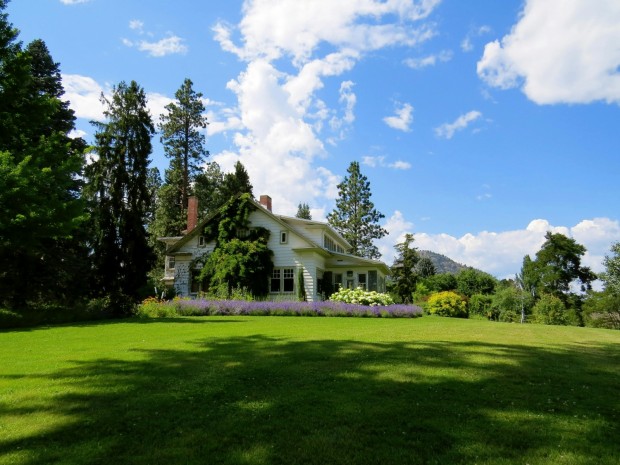The undeniable effects of climate change are becoming increasingly evident in our everyday lives, emphasizing the urgent need to take action. Therefore, it is critical to guarantee that a home is sufficiently insulated to protect your well-being and residence from the hazards of changing climate conditions. By integrating these features into your home design, you can better protect yourself and your family from the impacts of climate change while promoting sustainability and resilience.

(Photo : Pexels/Dianne )
1. Installation of Solar Panels
During periods of extreme weather, the reliability of power can be greatly hindered by the presence of overground and uncovered electrical cables and by the generation of power offline. Whenever feasible, buildings should be equipped with the capacity to generate power on the premises, either through the use of solar cells or some other method. Additionally, deep electrical cables should be installed.
2. Smart-Home Technology
Homeowners who are active and busy in today's world have access to an easy method of managing their daily routines, which can improve their quality of life, save them time and money, and improve their experience overall. A programmed thermostat, which may save up to 10% annually on heating and cooling costs, and motion-themed lighting, which can save up to 30% on light energy, are two essential components that should be included in constructing a new house. A family's sense of security and tranquility is enhanced by installing smart locks, fire and carbon monoxide detectors.
3. Green Roofs
There may be a variety of advantages to covering roofs with living vegetation, such as grass and plants. Increasing water absorption can mitigate potential flood hazards and reduce heat penetration, drastically reducing the risk of overheating. Green roofs reportedly have the potential to reduce the urban heat island effect, defined as the high temperatures of built-up regions caused by human activity, by 50% by the year 2050, which would need just a 20% increase from previous levels. Accordingly, aside from aiding in absorbing gaseous contaminants, green roofs also serve as a habitat for biodiversity.
Also Read: Arizona's Construction Industry Flourishes Amid Inflationary Pressures
4. Water-Efficient Appliances
Installing water-efficient appliances in your residences is a simple method to reduce water consumption. Annually, installing an ultra-low flush commode and a low-flow shower can conserve up to 15,000 liters of water per individual. Standard washing machines are more expensive than water-efficient washing machines, but they have the potential to save approximately 5,000 liters of water per person each year.
5. Replace Timber Floors with Concrete
Implementing solid concrete in place of timber floors at lower levels is a pragmatic approach that will fortify your residence's flood resistance. Even if it is expensive, this approach can cut insurance claims by as much as 80%, making it a probable investment that will be worthwhile in the long run, particularly in regions prone to experiencing regular flooding.
6. Introduce Passive Cooling Measures
One of the most effective ways to avoid overheating is to implement passive cooling techniques, which are defined as those that require little or no energy consumption. There are a number of low-cost methods available, such as ceiling fans or night purging, which involves keeping windows closed throughout the day and open at night to remove heated air.
Related Article: Revolutionizing Construction: Exploring the Potential of Popcorn-Based Insulation Materials







